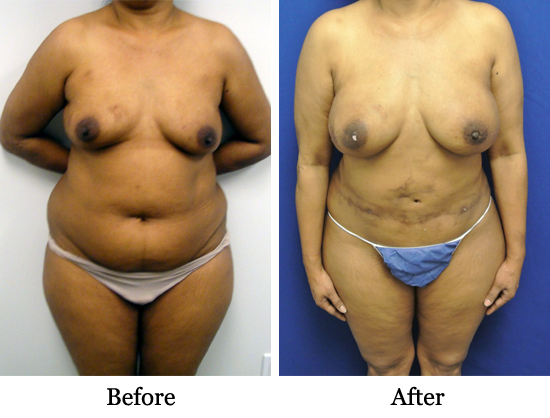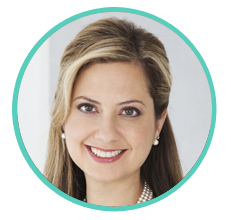
Diep flap breast reconstruction performed by Dr. Lotempio.
![]()

How can a woman determine the right option for breast reconstruction after a mastectomy?
First, she should learn about all the options. There are variables like recovery time and breast size that may dictate one option over another for her but the best way to make a decision is to meet with a breast reconstruction surgeon.
What are the options available?
There are two main options. The first uses artificial implants such as silicone. Sometimes this can be risky–like on a patient that is having radiation. Implants don’t really like radiation. The other option, which I specialize in, uses autologous tissue. In other words, I use tissue from the patient’s own body to create a breast.
Is silicone still used for implants?
It is FDA approved for breast reconstruction.
What are the most common procedures you perform?
The DIEP (Deep Inferior Epigastric Perforator) Flap, the SGAP Flap (Gluteal Artery Perforator) Flap and the PAP (Profunda Artery Perforator) Flap. Each has a funny little acronym.
Tell me about the procedures.
For the DIEP flap, we take skin and fat from the abdomen and give you a tummy tuck, basically. We connect it to the blood supply in the chest wall and then we sculpt it and make a beautiful breast. I don’t take any muscle because we need muscles to move. The PAP flap is using the skin and fat from the back of your thigh which I call the banana roll (the fat right under the buttocks which no matter if we diet or exercise we can never get rid of it). We transfer it to the chest and connect it to the vessels in the chest. You end up with a posterior thigh lift. The SGAP takes the upper or lower buttocks skin and fat.
Click through the slideshow below to see an illustration of a DIEP flap procedure.
[portfolio_slideshow]![]()
Can the patient choose which part of the body they want to take tissue from?
The part of the body I use depends on the body of the patient. For instance, for someone who has had children and has a little extra belly fat, the abdomen is a very good choice. If the patient does not have adequate abdominal tissue, we might use tissue from the thigh or buttocks.
How come we’ve only seen procedures like this in the past twenty years or so?
The advent of high-resolution microscopes has made these procedures possible.
Are these procedures unique to your practice or do other surgeons perform them?
There are other doctors that do the DIEP, SGAP and PAP flaps, but I’m one of only a handful.
How long to the procedures take?
Usually between four to six hours. Some hospitals take a little longer. You are under general anesthesia. The day after surgery the patient can walk around, they don’t have IVs, they can eat. The recovery can be two days to a week, depending on the patient.
Does insurance cover these kinds of breast reconstruction after a mastectomy?
Yes, there was a federal law passed in 1998 that mandates insurance companies which cover mastectomies to cover reconstruction, as well.
![]()
.

Dr. Maria LoTempio
LoTempio Plastic Surgery for Women
630 3rd Avenue, Suite 601
New York, New York 10017
Tel: (212) 427-2020
Toll Free: 1-866-719-DIEP
Fax: (917) 591-7702
www.lotempioplasticsurgery.com
![]()


2 Responses to “She Helps Them Feel Whole Again: A Conversation With Dr. LoTempio On Rebuilding The Lives And Bodies of Breast Cancer Survivors”
Bonnie says:
I had DIEP flap reconstruction performed 6 years ago by Dr. Neumeister of Southern Illinois University School of Medicine. It was a 9 hour procedure done at the same time as my mastectomy. I didn’t want tram flap which involves cutting an abdominal muscle.
I am so glad I chose this surgery. I am greatful for the wonderful doctors and nurses at SIU School of Medicine. Dr. Neumeister and Dr. Sommer are wonderful!
Ruth Sklar says:
I had the tram flap procedure which is comparable to the woman pictured above. It was a long surgery of 10 1/2 hours, but I was out of the hospital in 5 days and felt tired but wonderful! I had almost no pain and once I got over the fatigue, I was ready to go. At 64, I never expected to have so little difficulty with this surgery. I recommend this type of procedure to all women who need breast replacement after a bilateral mastectomy.